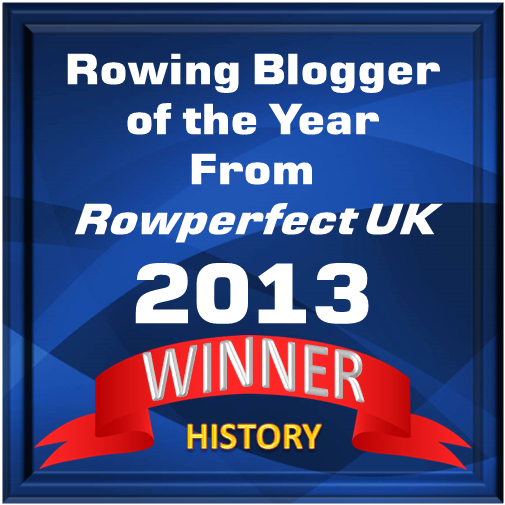Tuesday, January 14, 2014
The Cods: Paris or the bush?
Greg Denieffe writes:
News has reached HTBS that the story of ‘The Murray Bridge Cods’ is to be made into 60-minute documentary by Australian International Pictures. It will tell the story of Murray Bridge Rowing Club and how they beat the odds to represent Australia at the 1924 Paris Olympics.
When I contacted Wayne Groom, the director of the documentary, he informed me that the target date for completion is 31 December 2014 but that there was still a lot of research to do and interviews to conduct. The project has a Facebook page that has started posting regular updates and a website with further details and an appeal for financial support to fund the project.
Here is a link to a short promotional film to whet the appetite of HTBS readers.
Last May, HTBS posted two articles about the Australian 1924 Olympic eight’s trip to Ireland to compete at the Tailteann Games. Australia was represented by Murray Bridge Rowing Club. Founded in 1909, the club won their first interstate championships in 1913 representing South Australia. Unfortunately, the First World War ended the hopes of this crew ever representing Australia at an Olympic Games.
The Cup presented to the winners of ‘The Allied Forces Eights’ at the 1919 Royal Henley Peace Regatta.
Following the end of the War, the Stewards of Henley Royal Regatta decided in January 1919 that it would not be desirable to hold Henley Royal Regatta that year but that an interim regatta, later called Royal Henley Peace Regatta, should be held. King George V presented a cup for competition between amateur oarsmen that had served in the Army, Navy or Air Force of any country who had fought for the Allied forces. The competition was called The Allied Forces Eights and was won by the Australian Imperial Forces. The Australian interstate championships resumed in 1920 and in 1922 this cup became the trophy for the championship eights and was renamed The King’s Cup. Murray Bridge won the interstate eights in 1920, 1922 and 1923 and the test race for Olympic selection in 1924.
According to the Australian Army Shop there was some resistance to the use of the cup as a trophy for the interstate championships:
The King’s Cup was presented by King George V to the Australian Imperial Forces (AIF) Number One Crew on July 4th 1919 after the crew’s win at the Henley Peace Regatta. This historic post-war regatta brought together eight teams representing the Allies of the First World War. Australia fielded two crews – AIF Number One and AIF Number Two – for the eight-oared race. They vied against each other and against the USA, France, New Zealand, Canada and Cambridge and Oxford Universities for the prize.
In the end AIF Number One Crew defeated Oxford University for the prize, having also beaten AIF Number Two Crew in the first round and Cambridge University in the semi-final. The King’s Cup was presented to the crew's stroke, Captain M. C. Disher of the Australian Army Medical Corps before being taken by the Australian Imperial Expeditionary Forces Sports Control Board. The board shipped the trophy to the Australian War Museum.
Despite repeated requests to the Australian War Museum that the Cup be used as a perpetual trophy for the annual Interstate Eight-Oar Championship of Australia, the trophy remained locked away. Capt. Disher decided to petition King George V for the trophy’s release. He sent his petition via the Governor General to the King on October 30th 1920. The last line of his petition reads, “And your petitioner therefore humbly prays that your Majesty may be graciously pleased to make known your wishes in regard to the disposal of the said Trophy.”
The King’s response was conveyed by Winston S. Churchill, who wrote: “His Majesty commands me to inform you that it is his wish that the Cup should be used as a permanent trophy and be competed for annually in the Interstate Eight-Oar Race of Australia.”
In the HTBS posts The Case of CoD v Cods and More on Murray Bridge and 'The Cods' you can read about Murray Bridge’s adventures in Paris at the Olympics and on their trip to Ireland for the Tailteann Games where they competed in the international eights, fours and single sculls.
One of the photographs unearthed by Wayne is this one of The Cods stroke Wally Pfeiffer after he won the single sculls at the Tailteann Games in Ireland in 1924.
Subscribe to:
Post Comments (Atom)











.jpg)






No comments:
Post a Comment